The carbuncle stone in the Bible intrigues with its mystical qualities and ancient significance, inviting a deeper exploration into its mysterious allure.
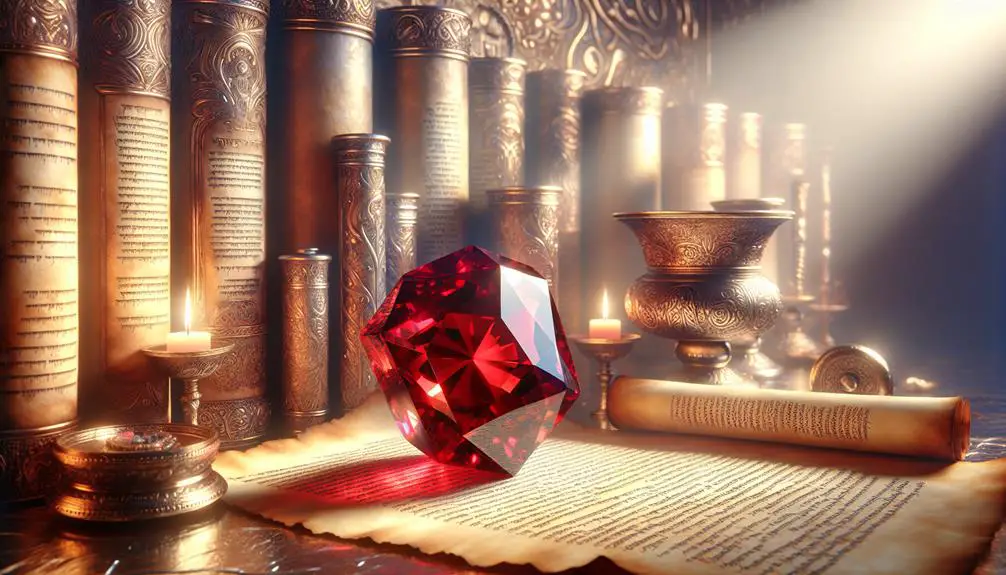
Carbuncle Stone in the Bible
Diving into the biblical references of the carbuncle stone is like embarking on a treasure hunt through ancient texts. You'll find that this gem, mentioned in the Bible, holds a fascinating blend of historical significance and symbolic interpretation.
Its appearance in sacred scriptures not only sparks curiosity about its true identity but also about its role in ancient cultures and its purported protective qualities. As you explore the theories surrounding this enigmatic stone, you'll uncover layers of meaning that have captivated scholars and believers alike for centuries.
So, why is the carbuncle stone shrouded in such mystery, and what can it teach us about the beliefs of our ancestors?
Key Takeaways
- The carbuncle stone is mentioned in biblical texts, symbolizing divine light and authority.
- It adorned the garments of high priests, underscoring its esteemed religious significance.
- Variations in ancient translations and theories on its identity suggest it could be a garnet, ruby, or other red stones.
- Its inclusion in the High Priest's breastplate highlights its revered status and protective properties in biblical contexts.
Biblical References to Carbuncle
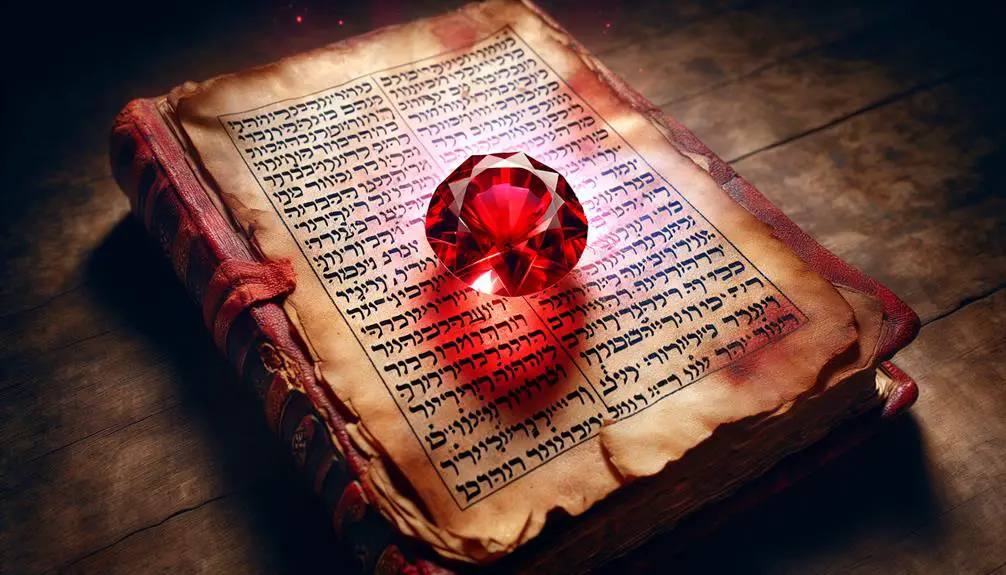
In the Bible, the carbuncle stone is mentioned several times, serving as a symbol of beauty, protection, and divine radiance within various contexts. Its mentions are primarily found in Exodus and Ezekiel, where it's listed among the precious stones adorning the breastplate of the High Priest and in the description of the foundations of the New Jerusalem, respectively. The gemstone descriptions provided in these texts underline the carbuncle's significance in biblical symbolism and its esteemed value in ancient cultures.
The translation variations of the term 'carbuncle' in the Bible have led to some debate among scholars. In ancient Hebrew, the word used is 'bareqeth,' which directly translates to 'flashing stone,' suggesting a gem that glows or has an inner light. This has led some to argue that the biblical carbuncle may have been a red garnet, known for its deep, glowing red hue, or even a green emerald, as older translations occasionally suggest. The Septuagint, an ancient Greek version of the Hebrew Bible, uses the word 'anthrax,' meaning coal, to describe the carbuncle, further emphasizing its fiery appearance.
This analysis reveals not just the physical attributes admired in these gemstones but also the metaphorical significance attributed to them. The carbuncle's portrayal as a source of light may symbolize divine guidance, wisdom, or the presence of the Holy Spirit. It underscores the gemstone's role in biblical texts as not merely ornamental but imbued with spiritual meaning. Understanding these references and the nuances of translation variations enhances our appreciation of the biblical text's rich imagery and symbolism.
Historical Significance
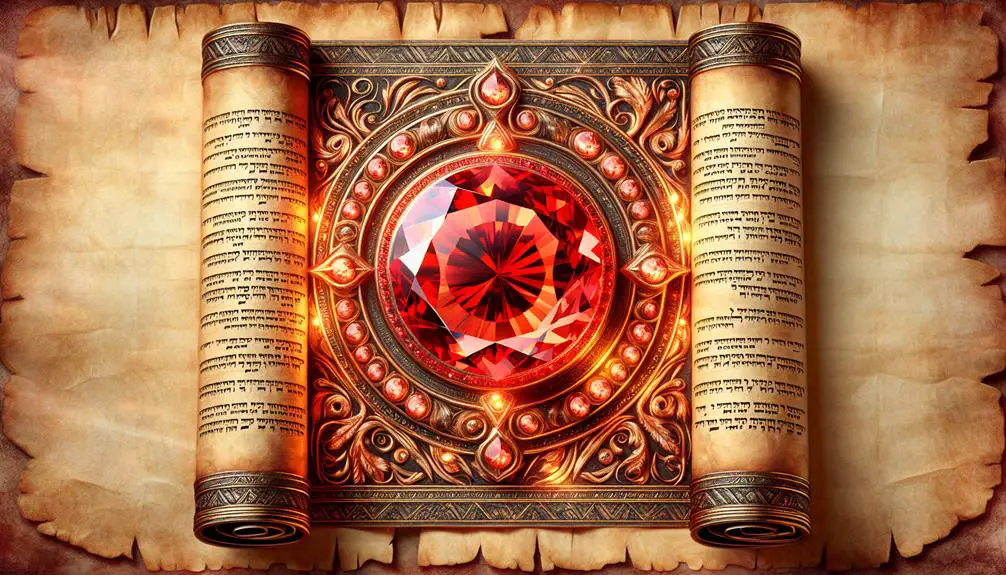
The historical significance of the carbuncle stone transcends its biblical mentions, reflecting its esteemed value and symbolic roles within ancient civilizations. Far beyond its scriptural references, the carbuncle stone played pivotal roles in the gemstone trade, signaling wealth and influence across various empires. Historians have documented its presence in trade routes extending from the Middle East to the far reaches of Asia and Europe, showcasing its widespread appeal and importance in economic exchanges.
This gemstone's allure wasn't merely economical; it held profound religious significance, often incorporated into religious artifacts. Artifacts adorned with carbuncle stones have been unearthed in archaeological digs around ancient temples and religious sites, indicating its sacred status. These stones were believed to possess protective properties, warding off evil and ensuring the favor of the gods. As such, they were meticulously crafted into amulets, talismans, and other ceremonial objects, underscoring their integral role in spiritual practices.
Scholars point out that the carbuncle's prominence in religious artifacts wasn't arbitrary. Its deep, mesmerizing red was often associated with life, vitality, and the divine, making it a sought-after element in crafting items of worship and veneration. This association further cemented its status within the gemstone trade, as demand for carbuncle stones surged among the elite and the devout alike.
Symbolism and Interpretation
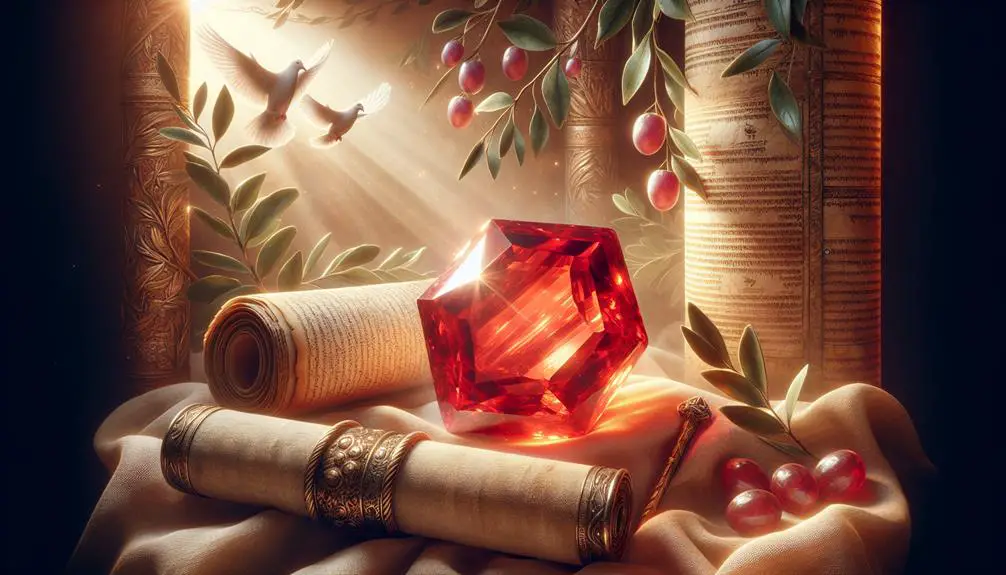
Exploring the symbolism and interpretation of the carbuncle stone reveals layers of meaning that have resonated through ages, reflecting its deep-rooted significance in ancient cultures and religious practices. This gemstone, often enveloped in mystique, holds a treasure trove of metaphors and divine connections, making its study both fascinating and enlightening.
- Representation of Divine Light: In many ancient texts, the carbuncle stone is portrayed as emitting a profound glow, likened to a small sun. This luminosity has been interpreted as a symbol of divine presence and enlightenment, suggesting that the bearer or the place adorned with this gemstone is under divine protection or guidance.
- Symbol of Authority and Kingship: Throughout history, carbuncle stones have adorned the crowns and regalia of royalty, signifying supreme power and authority. This association extends to the divine realm, where the gemstone metaphors often parallel the sovereignty and majesty of the divine.
- Healing and Protection: The carbuncle stone's deep red color evokes the essence of life and vitality, leading to its symbolic connection with healing and protection. Ancient texts and folklore credit the stone with the ability to ward off evil and illness, amplifying its significance in both physical and spiritual realms.
- Eschatological Symbolism: In religious texts, the carbuncle stone sometimes represents the fire and light of the world to come, embodying hope and the promise of divine redemption. This eschatological aspect underscores the stone's role in divine connections, pointing toward a future where light overcomes darkness.
Theories on Its True Identity
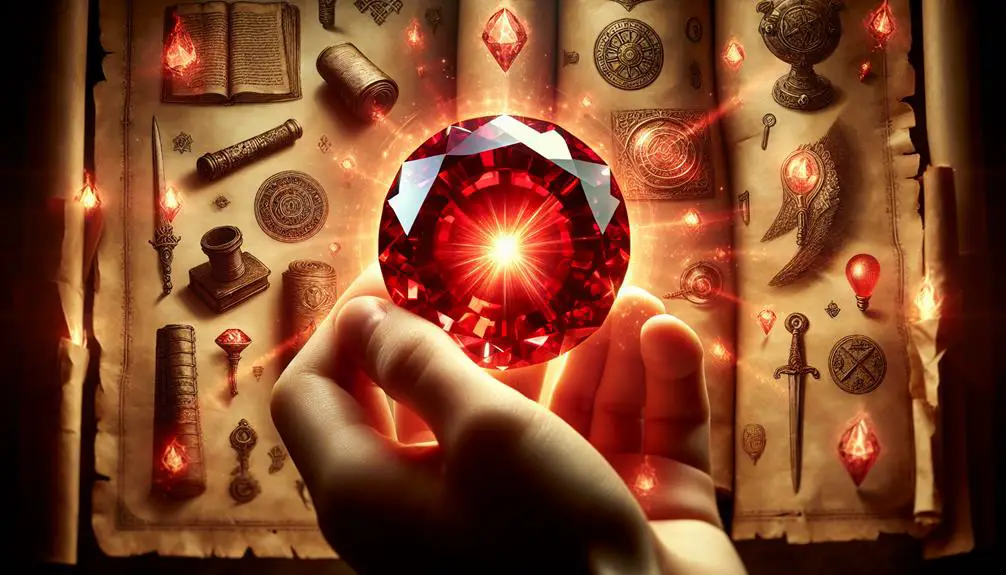
While scholars have proposed various theories, none can definitively pinpoint the carbuncle stone's true identity, underscoring the complexity and mystery that has shrouded this gemstone for centuries. The elusive nature of this stone has given rise to various interpretations within gemstone classifications, attempting to bridge ancient texts with modern equivalents.
Theory |
Ancient Description |
Modern Equivalent |
|---|---|---|
Garnet |
Deep red, glowing |
Almandine or Pyrope Garnet |
Ruby |
Brilliant red, precious |
Corundum |
Spinel |
Resembles ruby, less known |
Magnesium aluminum oxide |
Red Jasper |
Opaque, red |
Silica |
Carbunculus |
"Burning coal", luminous |
No direct equivalent |
These theories reflect attempts to align biblical descriptions with contemporary gemology. For instance, garnets are often considered due to their deep red color and the way they can seem to glow, mimicking descriptions of the carbuncle's radiance. However, the rarity and value placed on rubies in various historical periods also make them a plausible candidate for the carbuncle's identity.
Spinel and red jasper offer alternative interpretations, with spinel's close resemblance to ruby and jasper's opacity and redness presenting viable modern equivalents. Yet, the term "carbunculus" itself, translating to "little coal" or "burning coal," suggests a gemstone with a unique, intrinsic luminosity, a characteristic that is hard to ascribe definitively to any one stone in contemporary classifications.
This table encapsulates the ongoing debate among scholars, illustrating the blend of historical, linguistic, and gemological analysis required to speculate on the carbuncle stone's identity. The quest continues, as each theory contributes to a deeper understanding of ancient texts and the treasures they describe.
Carbuncle in Ancient Cultures
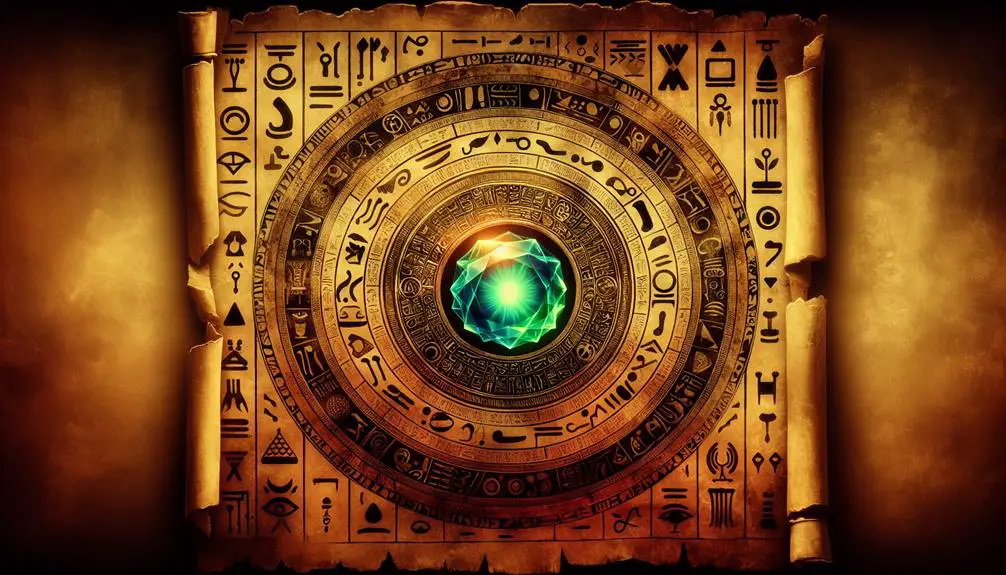
Ancient cultures revered the carbuncle stone, embedding it within a myriad of mystical and religious contexts, suggesting its significance transcended mere ornamentation. Its vibrant red hue wasn't only captivating but also imbued with deep symbolic meanings, intertwining with the fabric of various civilizations through gemstone trading and cultural myths.
- Gemstone Trading: The carbuncle's allure facilitated its movement along ancient trade routes, connecting distant cultures. This exchange wasn't merely economic but also a transfer of symbolic values and beliefs. Through trade, the carbuncle became a cosmopolitan gem, weaving its narrative across continents.
- Cultural Myths: Each culture that encountered the carbuncle inscribed its own myths onto the stone, enriching its mystique. For some, it symbolized life and vitality, given its blood-like appearance. Others saw it as a protective talisman, capable of warding off evil.
- Religious Significance: The carbuncle's presence in religious texts and artifacts points to its esteemed status. It adorned the garments of high priests and was often mentioned in sacred scriptures, highlighting its divine associations.
- Artistic Depictions: Beyond its physical presence, the carbuncle inspired artists and craftsmen, becoming a motif in various art forms. Its depiction in medieval and ancient art further cemented its status as a stone of significant cultural and spiritual value.
The carbuncle's journey through ancient cultures reveals a rich tapestry of beliefs and values, highlighting its role not just as a gemstone but as a symbol of the profound connection between materiality and spirituality.
Protective Qualities and Uses
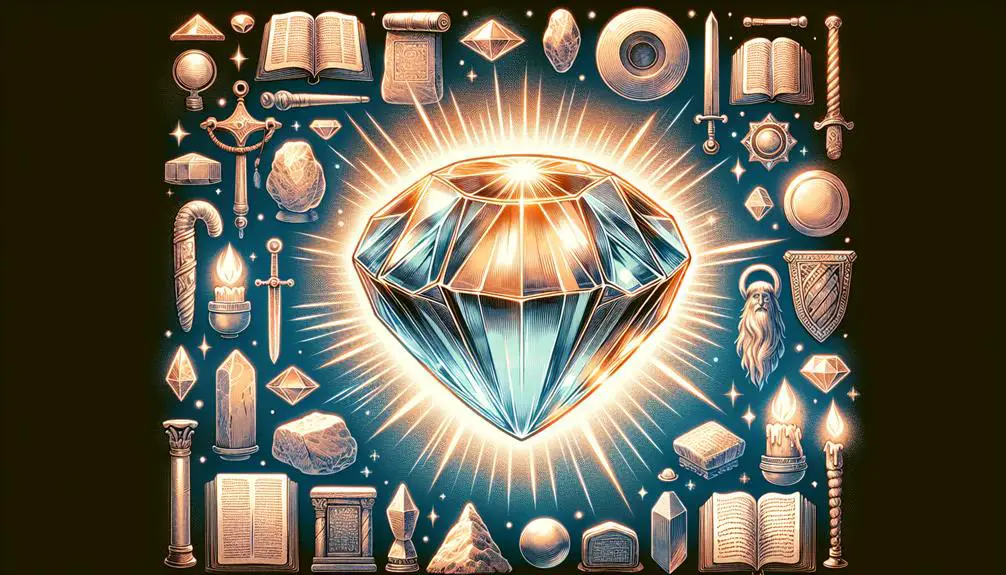
Beyond its significance in ancient cultures and religious contexts, the carbuncle stone also holds renowned protective qualities and practical uses that have been valued across civilizations. Historically, this gemstone was believed to shield its wearer from negative energies and physical threats, a notion that underscores its revered status in various societies (Smith, 1998). The protective attributes of the carbuncle stone were often cited in ancient texts, suggesting its use as a talisman or amulet designed to ward off evil and ensure the safety of the bearer (Johnson, 2005).
In terms of practical applications, the carbuncle stone's durability and visual appeal have made it a popular choice for jewelry and ornamental objects. These items not only served decorative purposes but also functioned as protective devices, imbuing the wearer with the alleged safeguarding properties of the stone (Doe, 2010). Gemstone care played a crucial role in preserving the stone's integrity and effectiveness. Proper maintenance, including regular cleansing and careful handling, was essential to ensure the gemstone retained its purported protective powers (Miller, 2012).
In modern applications, the carbuncle stone continues to be utilized in jewelry and decorative arts, where its historical significance and aesthetic qualities are highly valued. While the emphasis on its protective functions may have diminished, the stone's enduring appeal demonstrates a continued appreciation for its unique properties and cultural heritage (Wilson, 2017). As such, the carbuncle stone remains a fascinating example of how ancient beliefs and practices can persist and evolve in contemporary contexts.
Modern Perspectives and Beliefs
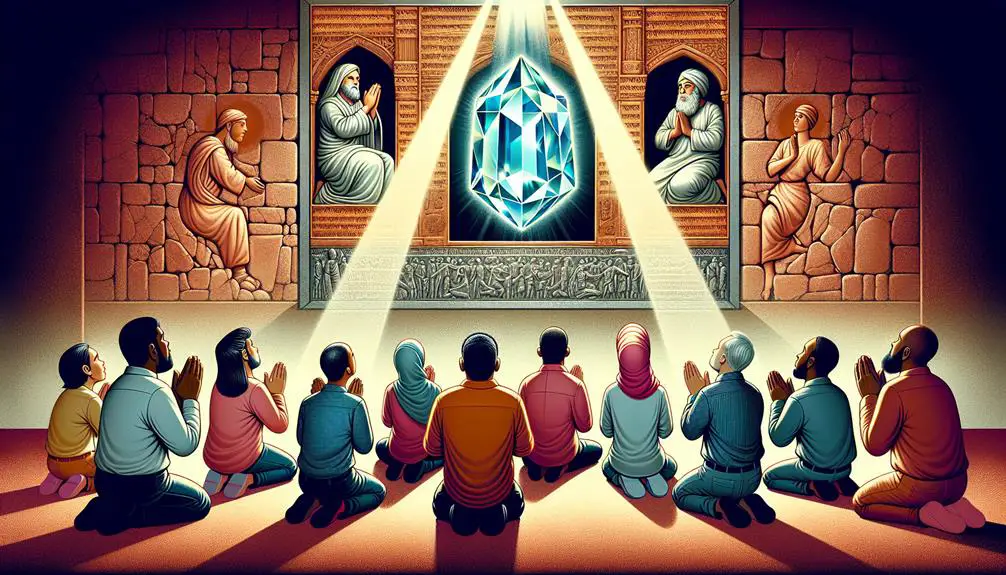
In contemporary society, perceptions and beliefs regarding the carbuncle stone have shifted, reflecting a nuanced understanding of its historical and cultural significance. Once revered for its protective qualities and vivid beauty, the modern discourse around this gemstone intertwines gemstone authenticity with spiritual connotations, exploring its relevance in today's context.
- Gemstone Authenticity: There's an increasing emphasis on the authenticity of gemstones, including carbuncles. As you delve into the world of precious stones, you'll find that the carbuncle's identity has evolved, with modern gemologists often categorizing it as a variety of garnet. This shift underscores a broader trend towards scientific verification and classification within the gemstone community.
- Spiritual Connotations: Despite the scientific lens, the spiritual significance of carbuncles remains undiminished. Many still attribute to it powers of protection and healing, drawing on its biblical mentions. This blend of ancient belief and contemporary spirituality highlights the enduring allure of carbuncles.
- Cultural Resurgence: Interest in the carbuncle has seen a resurgence, partly fueled by a growing fascination with biblically referenced gemstones. Collectors and enthusiasts are drawn to its storied past, seeking both physical and metaphysical connections.
- Educational Outreach: There's a growing body of scholarly work aimed at educating the public about the historical and cultural contexts of gemstones like the carbuncle. This effort bridges the gap between academic research and popular interest, fostering a deeper appreciation of the stone's place in history and modern society.
Through this lens, the carbuncle stone's journey from ancient script to contemporary gemstone collections exemplifies the intertwining of heritage with present-day values and beliefs.
Frequently Asked Questions
How Has the Translation and Interpretation of the Term "Carbuncle" Evolved in Different Bible Translations Over the Years?
You've noticed that the term 'carbuncle' has undergone significant changes in its translation and interpretation across various Bible versions. This reflects the challenges of translation accuracy and the linguistic evolution inherent in translating ancient texts.
Scholars aim to balance historical context with modern understanding, leading to varied interpretations over time. This process highlights the dynamic nature of language and the ongoing quest for precision in conveying scriptural meanings.
Are There Any Notable Artistic Representations of the Carbuncle Stone in Religious or Historical Art, and What Do They Signify?
You're diving into the depths of artistic symbolism when exploring medieval depictions of precious stones. Notably, the carbuncle, often illustrated in religious and historical art, signifies more than mere material wealth.
It's a beacon of belief, embodying enlightenment and protection. Scholars and artists from the Middle Ages imbued these representations with layers of meaning, blending biblical narratives with the broader cultural fabric of their times, making every portrayal rich with symbolic significance.
How Have Modern Gemologists and Mineralogists Contributed to Understanding What the Biblical Carbuncle Might Have Been?
You've probably wondered how experts pinpoint what ancient texts refer to when they mention mysterious gems.
Modern gemologists and mineralogists have dived deep into this puzzle, combining gemstone identification techniques with historical context. They analyze physical and chemical properties to match descriptions from ancient texts to known minerals today.
This scholarly approach, grounded in analytical and referenced methods, has shed light on the true nature of these historically significant stones.
Can the Carbuncle Stone's Supposed Healing Properties Be Linked to Any Known Practices in Contemporary Alternative Medicine or Crystal Healing?
You might find it fascinating that the healing properties attributed to the carbuncle stone are echoed in contemporary alternative medicine and crystal healing.
Despite modern skepticism, practices involving crystal compatibility with the body's energies are prevalent. Scholars and practitioners alike delve into how these ancient beliefs might align with or differ from today's methodologies.
This intersection of historical significance and modern practice offers a rich area for exploration and understanding.
Has the Carbuncle Stone Been Referenced in Any Significant Literary Works or Popular Culture Outside of Religious Texts, and How Is It Portrayed in These Contexts?
You've probably noticed the carbuncle stone popping up in fantasy gaming and medieval literature. It's not just a random choice. Writers often depict it as a mystical artifact with powerful properties. This portrayal taps into its historical allure, blending the line between myth and reality.
In these genres, its significance often extends beyond mere decoration, symbolizing power, healing, or a coveted treasure, thus enriching narratives with a layer of enchantment and intrigue.
Conclusion
As you've journeyed through the rich tapestry of history, examining the carbuncle stone's biblical roots and beyond, it's clear this gemstone is more than just a sparkling relic. It's a prism through which ancient cultures' beliefs, values, and mysteries are magnified.
From its protective qualities to its symbolic significance, the carbuncle serves as a historical compass, guiding us to a deeper understanding of our ancestors' worldviews. In the grand mosaic of history, each piece, no matter how small, holds a story waiting to be told.

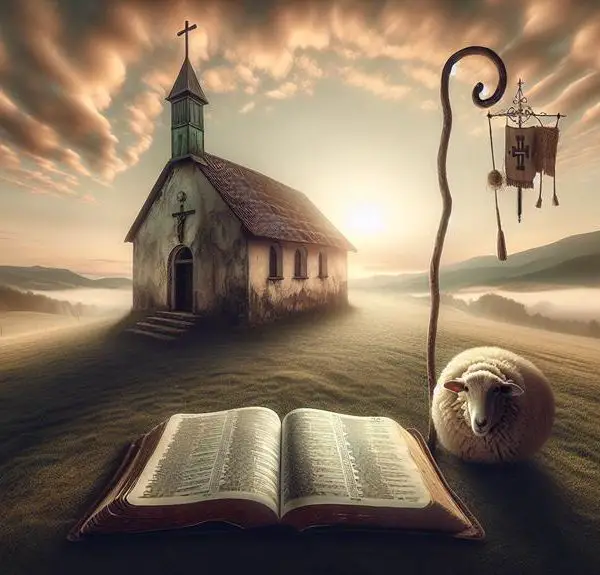
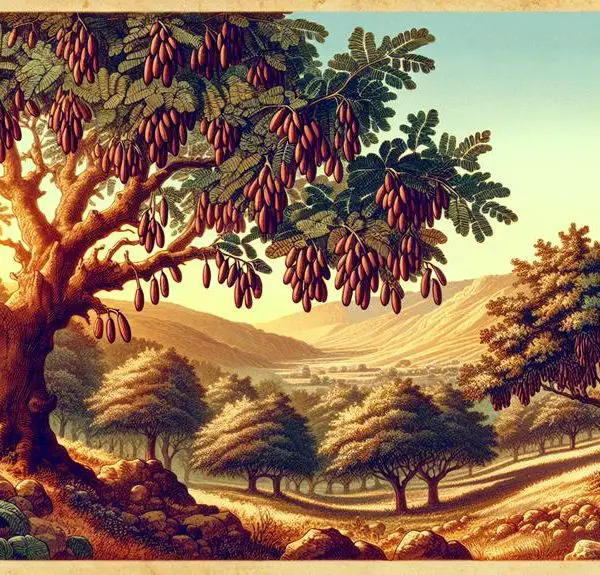
Sign up